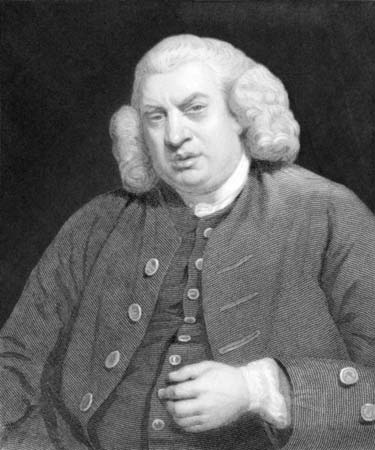Komsomol, Russian abbreviation of Vsesoyuzny Leninsky Kommunistichesky Soyuz Molodyozhi, English All-Union Leninist Communist League of Youth, in the history of the Soviet Union, organization for young people aged 14 to 28 that was primarily a political organ for spreading Communist teachings and preparing future members of the Communist Party. Closely associated with this organization were the Pioneers (All-Union Lenin Pioneer Organization, established in 1922), for ages 9 to 14, and the Little Octobrists, for the very young.
- Monument to members of the Komsomol, sculpture in Sevastopol, Ukraine.Cmapm
The Komsomol was organized in 1918 in order to band together various youth organizations that had previously been involved in the Russian Revolution; many of these groups had fought in the Civil War. When the military phase ended, a new purpose was set in 1922—to engage the members in health activities, sports, education, publishing activities, and various service and industrial projects. Komsomol membership reached a maximum of about 40 million in the 1970s and early ’80s. In Soviet society, its members were frequently favoured over nonmembers in matters of employment and scholarships. Active participation in the Komsomol was also considered an important factor in gaining membership and eventual leadership positions in the Communist Party. All Komsomol cells were federated at levels paralleling those of the party. Reflecting the collapse of communism in the Soviet Union, the Komsomol disbanded in 1991.
Both the Pioneers and the Octobrists were preparatory organizations for providing politically directed education and recreation to children ultimately destined for Komsomol membership. The Pioneers were organized into brigades, each attached to a local Komsomol cell.
















